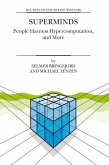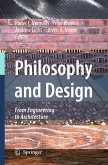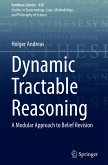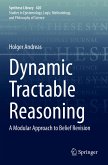The creation of intelligent robots is surely one of the most exciting and ch- lenginggoals of Arti?cial Intelligence. A robot is, ?rst of all, nothing but an inanimate machine with motors and sensors. In order to bring life to it, the machine needs to be programmed so as to make active use of its hardware c- ponents. This turns a machine into an autonomous robot. Since about the mid nineties of the past century, robot programming has made impressive progress. State-of-the-art robots are able to orient themselves and move around freely in indoor environments or negotiate di?cult outdoor terrains, they can use stereo vision to recognize objects, and they are capable of simple object manipulation with the help of arti?cial extremities. At a time where robots perform these tasks more and more reliably,weare ready to pursue the next big step, which is to turn autonomous machines into reasoning robots.Areasoning robot exhibits higher cognitive capabilities like following complex and long-term strategies, making rational decisions on a high level, drawing logical conclusions from sensor information acquired over time, devising suitable plans, and reacting sensibly in unexpected situations. All of these capabilities are characteristics of human-like intelligence and ultimately distinguish truly intelligent robots from mere autonomous machines.
From the reviews: "This book presents the 'fluent calculus' as one possible approach to solve the frame problem in artificial intelligence. ... The book is very understandable and recommendable for anybody who wants to solve AI problems by means of predicate logics and logic programming. It shows that this approach is more and more applicable to the solution of real-world problems. It will be an excellent textbook for appropriate AI or robotics courses and very appropriate for graduate students." (Christian Posthoff, Zentralblatt MATH, Vol. 1092 (18), 2006)








